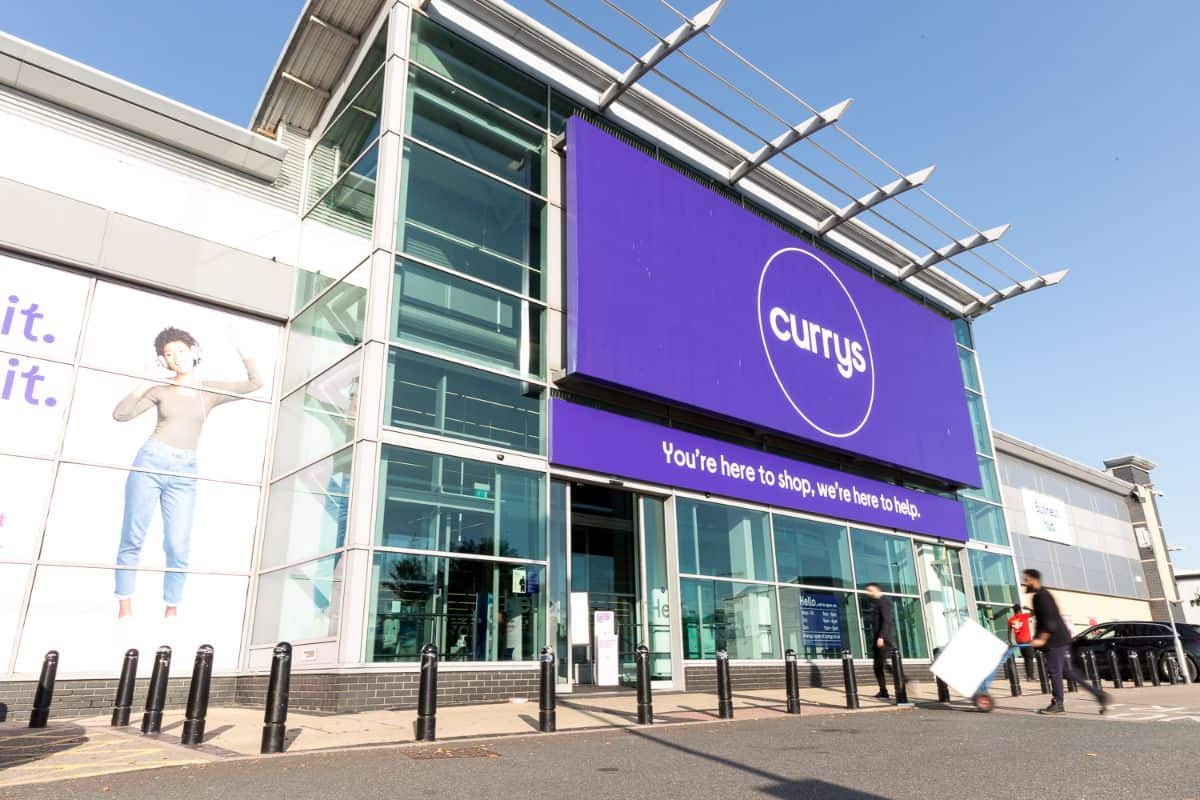As the summer has progressed it seems that the focus within mobile retailing has increasingly become one focussed on mobile payments. While a year ago mobile was “the glue that binds together multichannel retailing”, to quote pretty much everyone involved, that position has now become one of “mobile payments has become the glue that binds together omni-channel retailing”. Paul Skeldon investigates.
According to Forrester , 20% of Western European consumers are using mobile payments today and more are starting to every day, while Juniper Research predicts that mobile transactions are likely to hit $730bn by 2017 from people purely engaged in ‘couch commerce’. This figure rises to around $1.3trillion in the same period for all purchases via mobile – of both physical and digital goods.
Even NFC – which is increasingly being seen as just part of the mobile payments cannon – is likely to generate $180bn in transactions by 2017, says Juniper.
But while much of this is forward looking projections, the evidence is mounting that retailers, telcos, technology providers and leading brands such as Google and many of the banks are also betting the farm on mobile payments.
Much of this is driven – and runs in parallel with – increasing interest amongst consumers in mobile banking services. One-fifth of Western European internet users use mobile banking today, according to Forrester, based on more than 13,600 consumer surveys. SMS alerts are still the most popular form of mobile banking in most countries, but use of mobile banking apps is growing fastest.
As mobile internet use explodes and mobile banking is displacing use of other channels, Forrester believes that ubiquitous mobile banking will mark a bigger strategic shift for the industry than home-based online banking. Banks need mobile banking to provide a platform for mobile payments and to protect their retail payments businesses from digital disruption.
Barclays Pingit is a simple example of peer-to-peer money transfer that has the potential to soon cross over into making merchant payments, while the likes of O2 , Vodafone , Google and many others are all rolling out mobile wallets.
What all these services have in common is that they are getting consumers used to the link between mobile and their bank accounts. The next step up from this is payments for goods and services and trust therein.
But why is it the glue that binds it all together? In a word, simplicity. The idea that everyone has their mobile with them at all times has long been the key factor behind mobile commerce. The fact that most people would rather lose their wallet than their phone says it all. The idea that if you can make mobile payments simple and get people to trust them suddenly puts mobile at the forefront of any kind of shopping experience. Bring together all the other facets of mobile – such as location, personal preferences, QR code scanning, loyalty apps and so on, means that it becomes the key device in any shopping journey.
But there is still someway to go before this really hits home. A study by pay day loans company FridayFriday.com finds that only 18% of consumers are happy to use payment apps, even bank-backed ones (in stark contrast to the 84% who will happily use online banking). The biggest fear is security breaches.
This, however, is the least of mobile payments’ problems. Given it is such a nascent market – so nascent that hardly anyone uses it – there is a lot of jockeying for position amongst network operators, banks, card companies, third parties such as PayPal, Mobile Money Network and others, as well as retail brands’ own payment tools (and let’s not forget Apple and iTunes) that no clear standard or format has yet emerged.
Instead consumers are faced with a bewildering array of payment tools and no easy way to manage their money. Even the big wallets and services from banks and operators are fiendishly hard to set up and involve too many passwords (IMHO) to be truly useful.
It is also confusing – and more to the point off-putting – to retailers too: which way do they leap with mobile payments? Perhaps this is why leading retailers in the US (including 7-Eleven, Target, Wal-mart, BestBuy, Sears and Sunoco) have joined forces to develop their own more standardised m-commerce platform to make getting all of m-commerce, including payments, more easily integrated into their existing business systems. Is the retail empire finally striking back?




